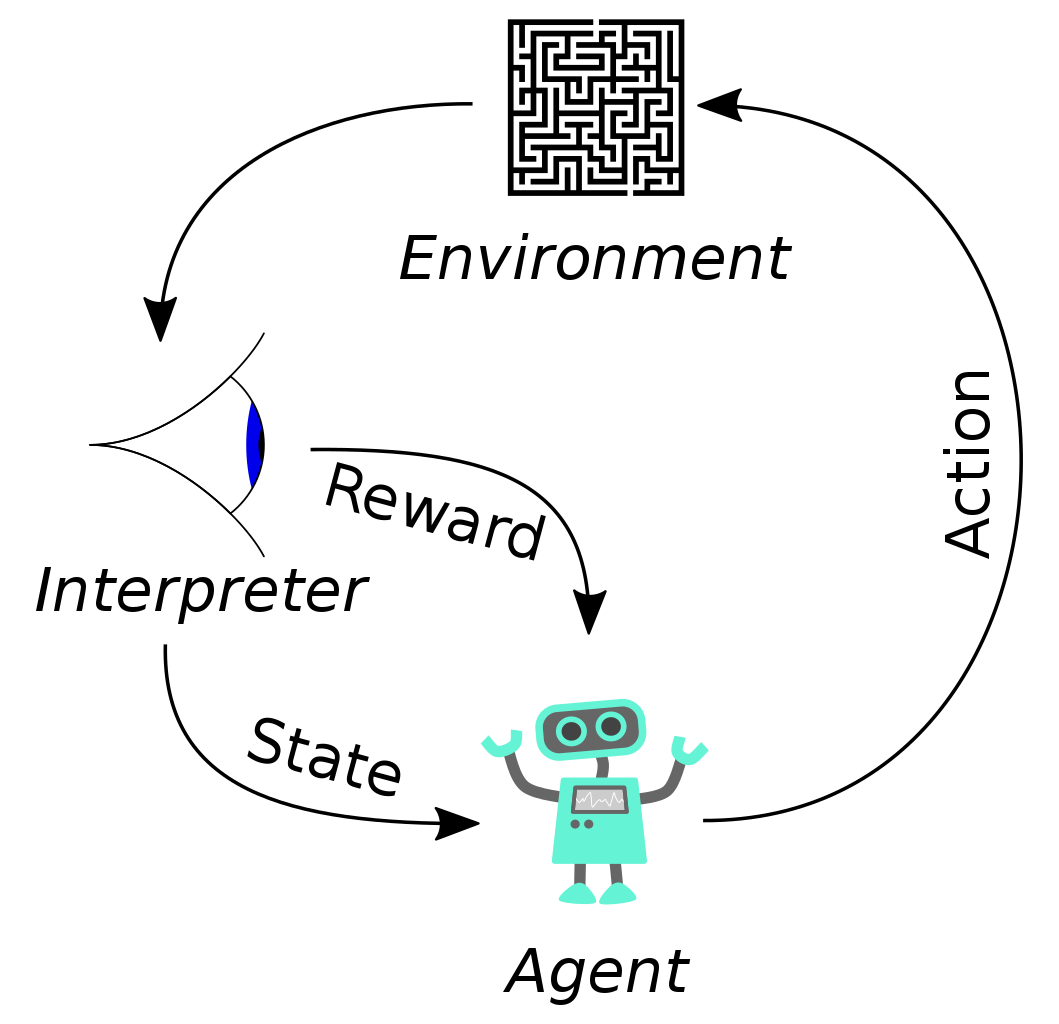Reinforcement Learning is a unique branch of Machine Learning that focuses on learning through interaction with an environment. In this blog post, we will discuss the core principles of Reinforcement Learning, its key algorithms, and its applications.

What is Reinforcement Learning?
- Reinforcement Learning is a Machine Learning technique where an agent learns to make decisions by interacting with an environment, receiving feedback in the form of rewards or penalties.
- The primary goal of Reinforcement Learning is to find the optimal policy, a set of actions that maximizes the cumulative reward over time.
Key Concepts in Reinforcement Learning:
- State: A representation of the current situation or context in the environment.
- Action: A decision made by the agent that affects the state of the environment.
- Reward: Immediate feedback received by the agent after taking an action, indicating the desirability of the action in the current state.
Popular Reinforcement Learning Algorithms:
- Q-Learning: A value-based algorithm that estimates the expected cumulative reward of taking an action in a given state.
- Deep Q-Network (DQN): An extension of Q-Learning that uses deep neural networks to approximate the action-value function.
- Policy Gradient Methods: A class of algorithms that directly optimize the policy by following the gradient of the expected cumulative reward.
Applications of Reinforcement Learning:
- Robotics: Teaching robots to perform tasks, such as walking or grasping objects, through trial and error.
- Game Playing: Training AI agents to play games, such as Go, Chess, or Poker, at a high level.
- Autonomous Vehicles: Developing self-driving cars that learn to navigate complex environments and make safe decisions.
Challenges and Future Directions:
- Exploration vs. Exploitation: Balancing the trade-off between trying new actions and exploiting known good actions.
- Learning from sparse rewards: Developing algorithms that can learn effectively in environments with infrequent or delayed feedback.
- Transfer Learning: Adapting Reinforcement Learning agents to new tasks or environments with minimal training data.

0 Comments